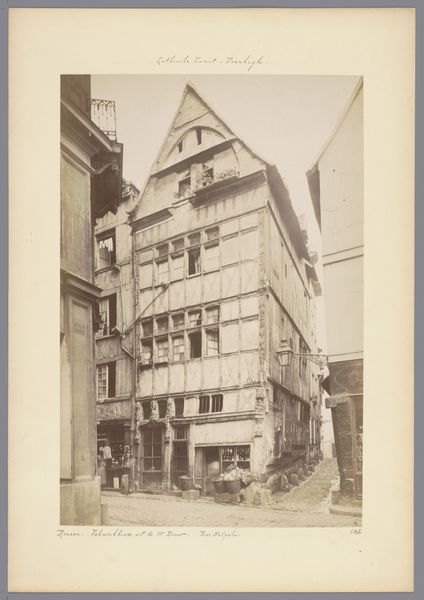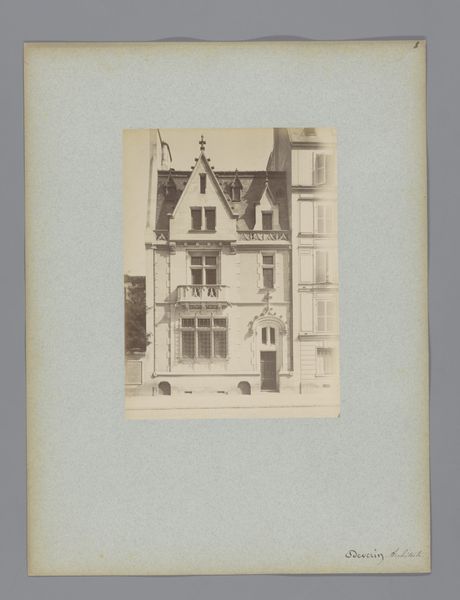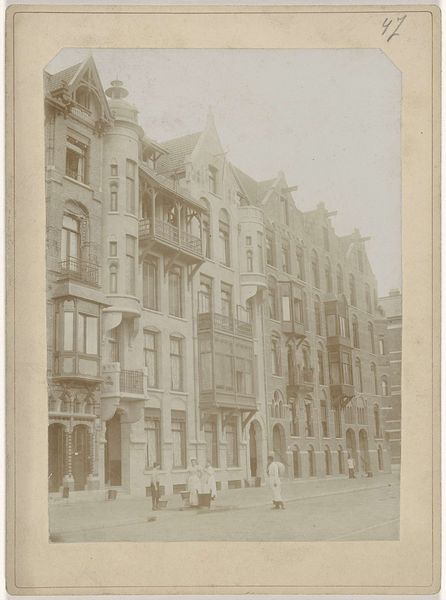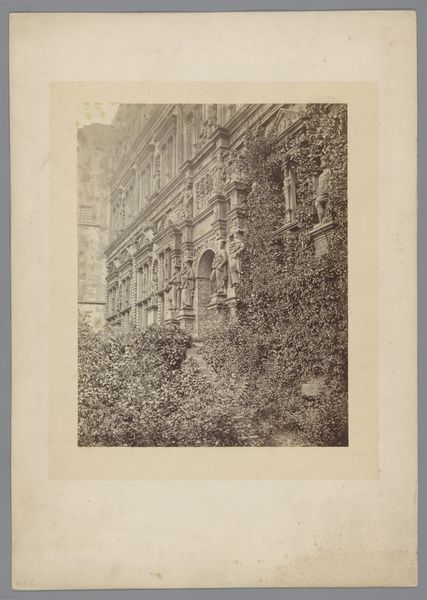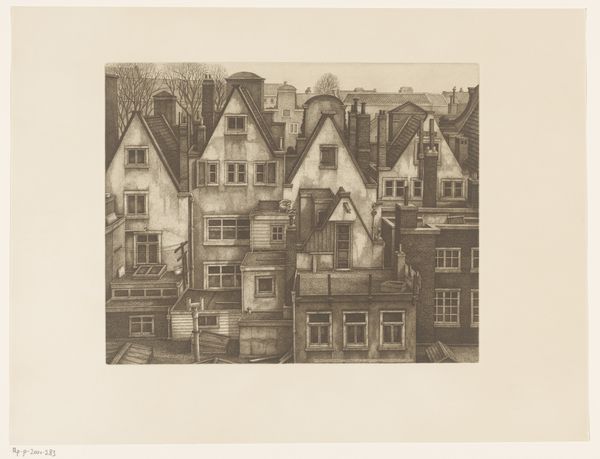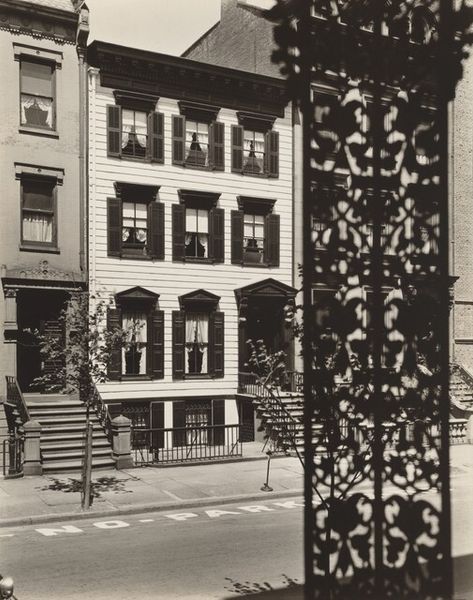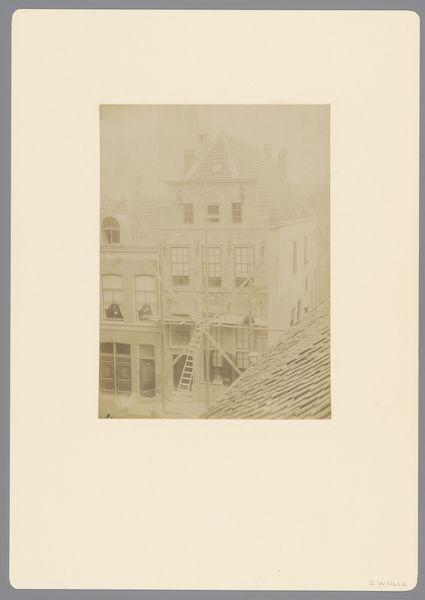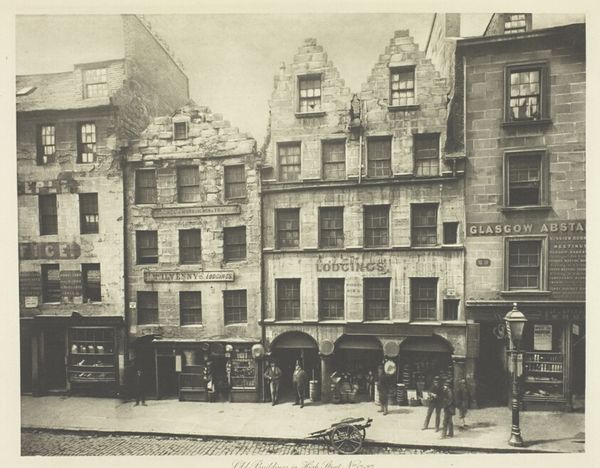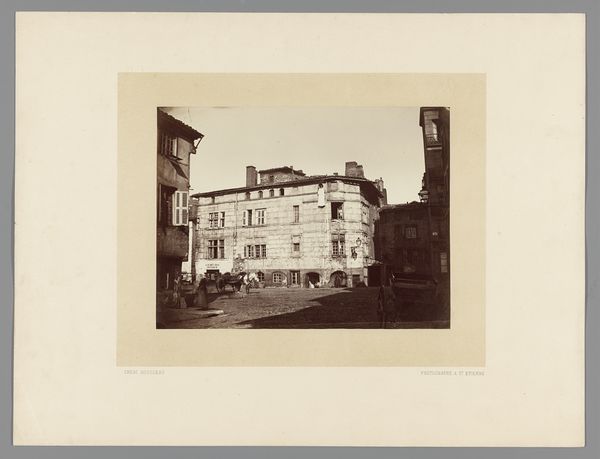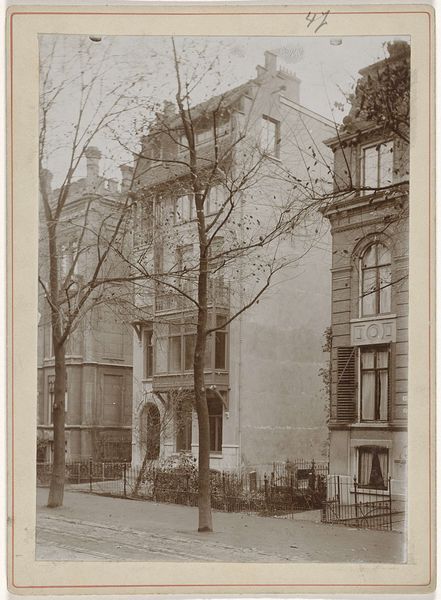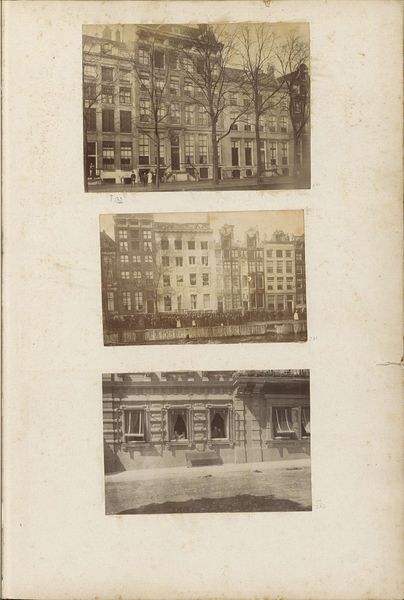
drawing, print, etching, paper, ink
#
drawing
#
aged paper
#
toned paper
#
natural tone
#
ink paper printed
# print
#
etching
#
landscape
#
paper
#
ink
#
cityscape
Dimensions: 220 × 184 mm (plate); 283 × 217 mm (sheet)
Copyright: Public Domain
Curator: Right now, we're looking at David Young Cameron's 1903 etching, "Place Plumereau, Tours", which resides here at the Art Institute of Chicago. Editor: Wow, what a delicately somber mood! It's got this wonderfully textured surface—the paper, the ink—almost like aged parchment, a memory made visible. Curator: Absolutely. The architectural forms are incredibly detailed, down to the nuances of light and shadow across the facades. Note Cameron’s expert handling of line; see how he evokes depth using varied cross-hatching? This illustrates an engagement with structuralist approaches through the precise depiction of spatial relations. Editor: It's like these buildings have stood for centuries, whispering tales from every window. I can almost smell the river nearby. The way the ink sits on the paper... makes me feel like I could chip a piece of history off its surface. It's so gritty. But lovely, too. Curator: That “grittiness”, as you put it, likely comes from the etching process itself. Acid bites into the metal plate, and that texture is then transferred onto the paper, so your observation aligns well with an understanding of the artwork's materiality. What do you make of the figures present in the cityscape? Editor: They look lost in their own worlds. They provide such necessary context to this work, even though we only see them momentarily passing by the buildings, and us as viewers. You have to imagine what they are experiencing when they enter or leave those buildings. What are they shopping for? What gossip have they got brewing? Curator: I concur; they infuse a certain vitality into an otherwise inanimate setting. Perhaps Cameron intended to create a tension between permanence and ephemerality. His ability to convey such tonal complexity with just ink on paper reveals a real command of graphic arts principles. Editor: It almost transcends medium, don't you think? Feels like a novel distilled into a single, beautiful frame. Spending a little time reflecting on the tonal range achieved just through etching – remarkable! Curator: Indeed. This meticulous work underscores Cameron’s place within a larger formalist framework—revealing the inherent aesthetic properties embedded in urban space and material transformation. Editor: So true, such beautiful detail. After spending this time I see those people passing on the sidewalk every day—the grocer, the school kid. How many moments make history, do you think?
Comments
No comments
Be the first to comment and join the conversation on the ultimate creative platform.
